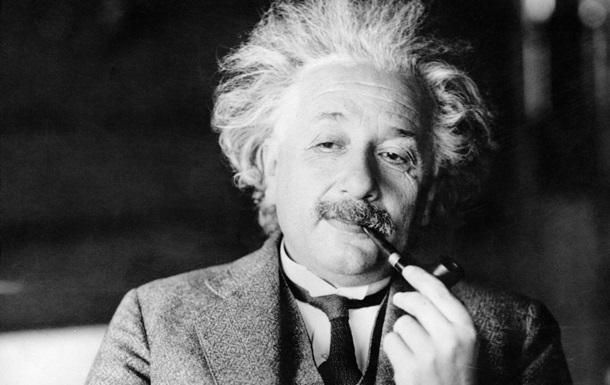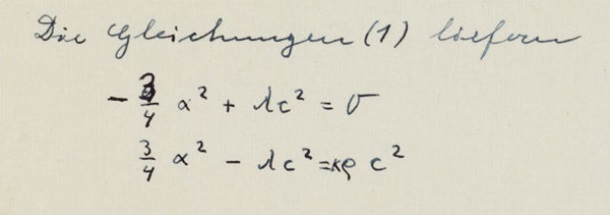Einstein doubted his Big Bang theory.
A scientist at the Institute of Technology in Waterford (Ireland) discovered Einstein's previously unknown manuscript. The found manuscript makes it clear that Einstein doubted his theory of the Big Bang and relativity, the scientist was working on an alternative model of the stationary Universe.

In 1948, Hoyle, Bondi, and Gold developed a similar theory. Scientists have argued that as the galaxies move away from each other and the universe expands, new matter appears permanently between galaxies. Stars and galaxies are built in the vacated space by forming more complex elements of elementary particles, which appear spontaneously. Until the end of the 60s, this idea was quite popular in the scientific world until the main confirmation of the Big Bang, relict radiation, was discovered today.
The physicist Cormac O'Ryfirthai reviewed the manuscripts from the Albert Einshein archive, which were freely available in Jerusalem (you can also find them here ). The attention of the scientist attracted one document written in German, which was considered a draft of another work by Einstein. The researcher nearly fell off his chair, he said, when he realized what the manuscript was actually about.
It is assumed that Einstein wrote the manuscript during a trip to California in 1931. In it, the scientist reflected on the possibility of forming new particles of matter to maintain the density much earlier than Hoyle and his colleagues. Einstein assumed that such a version of the model could take place within the framework of his original theory. However, corrections made by a pen of a different color indicate that the physicist later found an error in the calculations and decided to abandon this theory.

')
More information about the analysis of the manuscript can be found in the English-language pdf- version of the article by the Irish researcher.
Source: https://habr.com/ru/post/213893/
All Articles